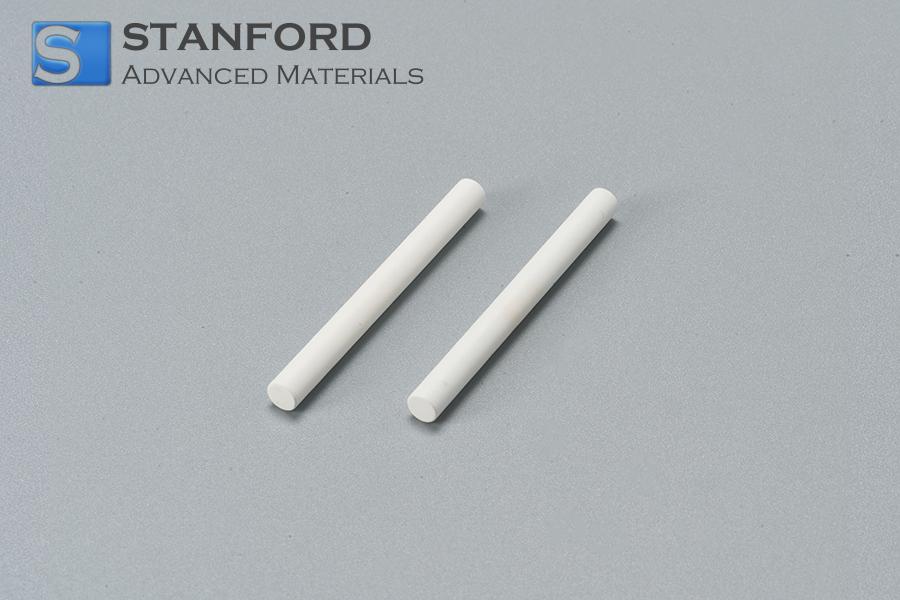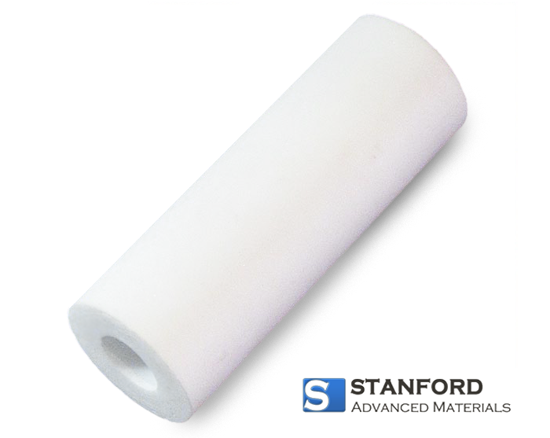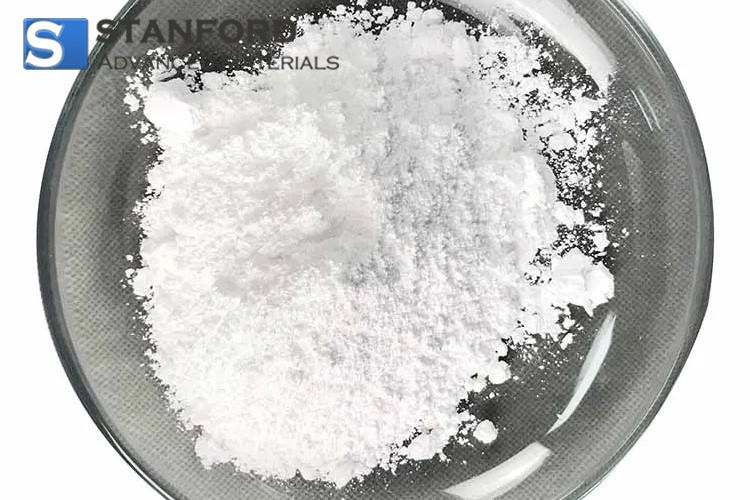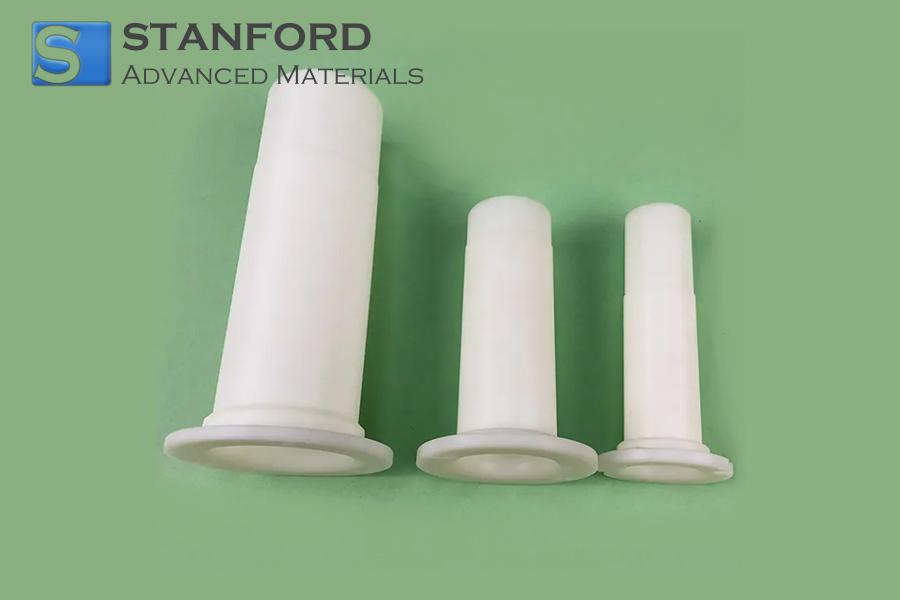Precious Metal Catalysts For Gas Purification
Introduction
Precious Metal Catalysts are used in gas cleaning processes due to their selectivity, activity and stability. They are applied when gas streams contain contaminants that are difficult to remove by other methods. This article describes the measured advantages and defined applications of precious metal catalysts in gas cleaning. It provides quantifiable details on their functions and industrial use.
Precious Metal Catalysts and Their Advantages
Precious metal catalysts are manufactured from gold, silver, Platinum, ruthenium, Palladium, rhodium and other metals. They reduce the activation energy needed for chemical reactions without being consumed. Consequently, reactions occur at lower temperatures and pressures. This reduction decreases energy consumption and thereby lowers operating costs. Measured improvements in process efficiency have been recorded.

Figure 1. Precious Metal Catalysts
Precious Metal Catalysts for Gas Cleaning
This section details the use of precious metal catalysts for gas cleaning in various sectors.
- The Automotive Sector: Catalysts containing platinum, palladium and rhodium are used to remove nitrogen oxides, carbon monoxide and unburned hydrocarbons from vehicle emissions. They convert these substances into nitrogen, carbon dioxide and water. Reactions occur at temperatures between 200 and 600 °C.
- The Semiconductor Industry: High-purity gases such as silane, ammonia and nitrogen are necessary for microchip manufacture. A platinum-based catalyst cleans silane gas. The catalyst assists in removing hydrocarbons and halogens that could damage chips.
- The Environmental Industry: Production processes emit contaminants such as nitrogen oxides, sulphur oxides and volatile organic compounds. Catalysts treat these exhaust gases before their release into the environment.
- Other Industries: Catalysts are used to purify gases such as hydrogen, ammonia and methane. Platinum catalysts are applied in systems that produce high-purity hydrogen for fuel cells.

Figure 2. Catalytic Converter for Automobile Exhaust Systems
Other Applications of Precious Metal Catalysts
- Ammonia Synthesis: Nitrogen and hydrogen are converted to ammonia in the presence of a catalyst. Traditional processes use iron-based catalysts. Research investigates the use of ruthenium and osmium as alternatives with quantifiable improvements in selectivity and stability.
- Additional uses include the production of silicone rubber using platinum-based catalysts and the manufacture of pharmaceuticals with palladium catalysts.
Advantages and Disadvantages of Precious Metal Catalysts
A key advantage of these catalysts is their efficiency. Their use permits smaller reactor sizes and lower energy consumption. They display high selectivity in targeting specific contaminants. For example, platinum catalysts in automotive systems convert carbon monoxide, nitrogen oxides and unburned hydrocarbons into carbon dioxide, nitrogen and water. Palladium catalysts facilitate selective hydrogenation in organic molecules. A disadvantage is the high cost of precious metals. Researchers are working to reduce these costs by developing new catalyst designs and by incorporating less expensive co-catalysts.
Further reading: Advantages of Precious Metal Catalysts
Conclusion
Precious metal catalysts are integral to many gas cleaning processes. They lower activation energy and operate at reduced temperatures and pressures. Research and development continue to expand their measured industrial applications despite high material costs.
Stanford Advanced Materials (SAM) supplies palladium, iridium and ruthenium catalysts among others. For further information, please visit our homepage.

 Bars
Bars
 Beads & Spheres
Beads & Spheres
 Bolts & Nuts
Bolts & Nuts
 Crucibles
Crucibles
 Discs
Discs
 Fibers & Fabrics
Fibers & Fabrics
 Films
Films
 Flake
Flake
 Foams
Foams
 Foil
Foil
 Granules
Granules
 Honeycombs
Honeycombs
 Ink
Ink
 Laminate
Laminate
 Lumps
Lumps
 Meshes
Meshes
 Metallised Film
Metallised Film
 Plate
Plate
 Powders
Powders
 Rod
Rod
 Sheets
Sheets
 Single Crystals
Single Crystals
 Sputtering Target
Sputtering Target
 Tubes
Tubes
 Washer
Washer
 Wires
Wires
 Converters & Calculators
Converters & Calculators





 Chin Trento
Chin Trento



